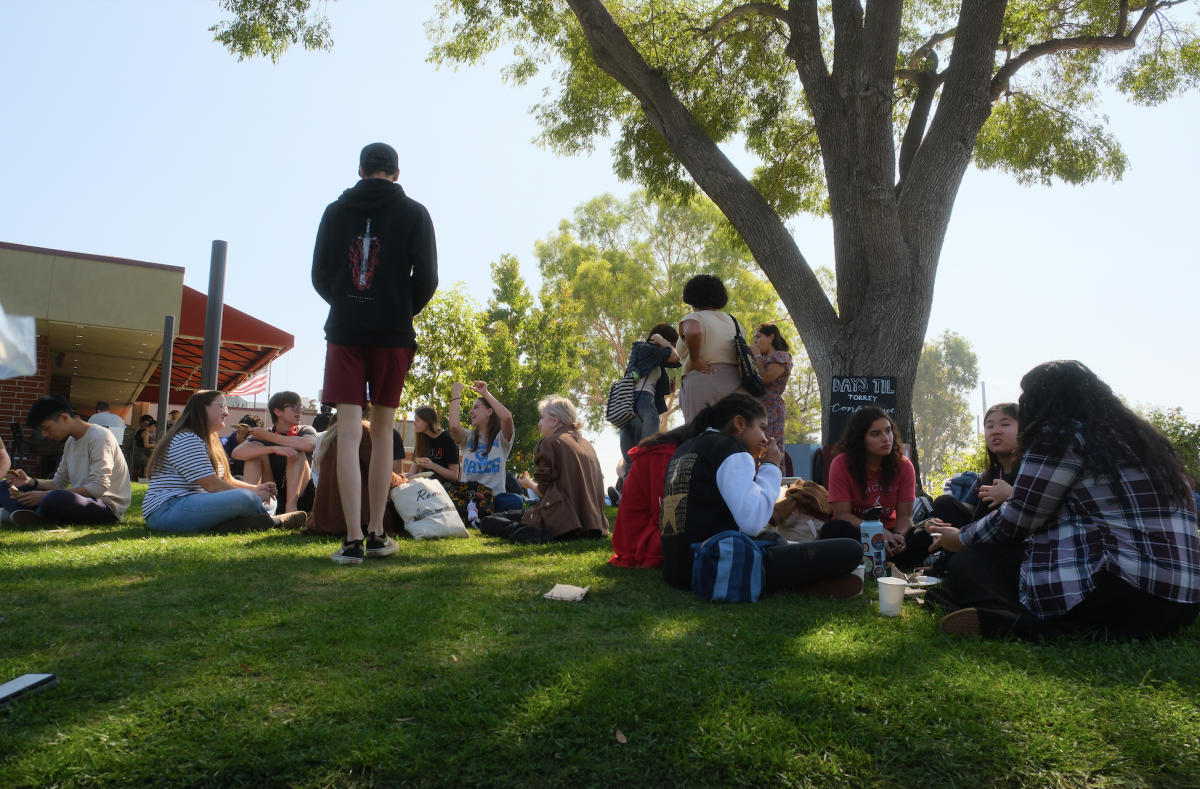It’s no secret— Biola is growing, and at a rapid pace. For the first time in this school’s history, we will actually have to cap enrollment to remain within city-enforced stipulations.
In order to facilitate that growth, it’s also no secret that this university is going to need more space. At a press conference earlier this month, the President’s Administrative Council confirmed that within the next few years, a plan will be hatched and proposed to greatly expand the campus’ capacity for students. The administration has expressed a desire to increase the full-time, on-campus student enrollment by no less than 1,000. The art and science buildings are also in the works for the near future. It’s an exciting time to be a part of Biola.
Some of these future buildings will come into being long after any current students have the opportunity to take advantage of them. But in the spirit of continuing Biola’s legacy, we should ask ourselves this: As students, what would future classes benefit most from in the long haul? Pinpointing the things we’ve cherished about Biola — and the things we’ve been annoyed by — seems appropriate as the administration prioritizes a long list of needed (and expensive) projects. The task at hand is a complicated one.
One of the first issues one encounters when devising such a plan is that each department sees its own needs most clearly. Cinema and media arts majors want a more expanded Production Center. Humanities majors want the ventilation system in Sutherland refurbished. Music majors are desperate for more playing and practice space than is afforded them in the cramped Crowell conservatory. Objectively prioritizing these needs is a challenge.
Parking affects majority of campus
But, it seems logical to first address the needs that affect the vast majority of the community. The administration has already heard the need for campus parking, and is responding with plans for a new parking structure slated to be ready by next fall semester. The lack of sufficient parking we see as the first and foremost problem, and we applaud the university for thinking likewise.
More housing is needed
As dorm capacity is essentially maxed out, residential additions must come next. Greg Balsano, vice president of university services, expressed a desire for more dorm space, and added that tearing down old ones for new, bigger buildings is being considered.
Among the older and smaller dorms is Emerson. Its desirable proximity to the rest of campus and under-utilized space makes it an obvious choice for reconstruction. Wherever space is found, a majority of students seem to want big lobbies, gang-style bathrooms and open halls for community. The overwhelming popularity of Hope and Horton halls — the newest dorms on campus — confirm this. At the same time, residents of dorms like Sigma Chi and Stewart are crazy about their own unique living spaces. Catering to the various tastes of future undergrads will be a huge undertaking.
Biola must stay focused on academics
However, grounding ourselves academically must be important as well. It seems that the fastest-growing majors and the most overcrowded ones should take priority. Additionally, creating facilities that house multiple disciplines are ideal. The forthcoming arts and science buildings seem to fit that description.
Further down on the list, the community of this university would benefit greatly from a larger student union building— one that provides more space for studying and recreation than for offices. Especially with restricted open hours in the dorms (and therefore space), the limited area of the lower and upper SUB isn’t nearly sufficient for a campus of nearly 4,000 undergrads. Facilitating community is critical.
All projects require money, God's resources
All this comes down to cost. The projects that aren’t funded specifically by donor money are supported by tuition dollars. As we gain more student tuition dollars, we also gain more funds for creating more buildings and services for them.
At the end of the day, we are all accountable for how we use God’s resources. While we certainly want it all, we understand that the aim of college is education and holistic growth, not comfort. We are confident that those in charge of the bold expansion plans to come are aware of that, too. Our commitment is to Christ, and to impacting the world for him through the tools we receive here, is paramount. All that doesn’t directly further that commitment is secondary.






